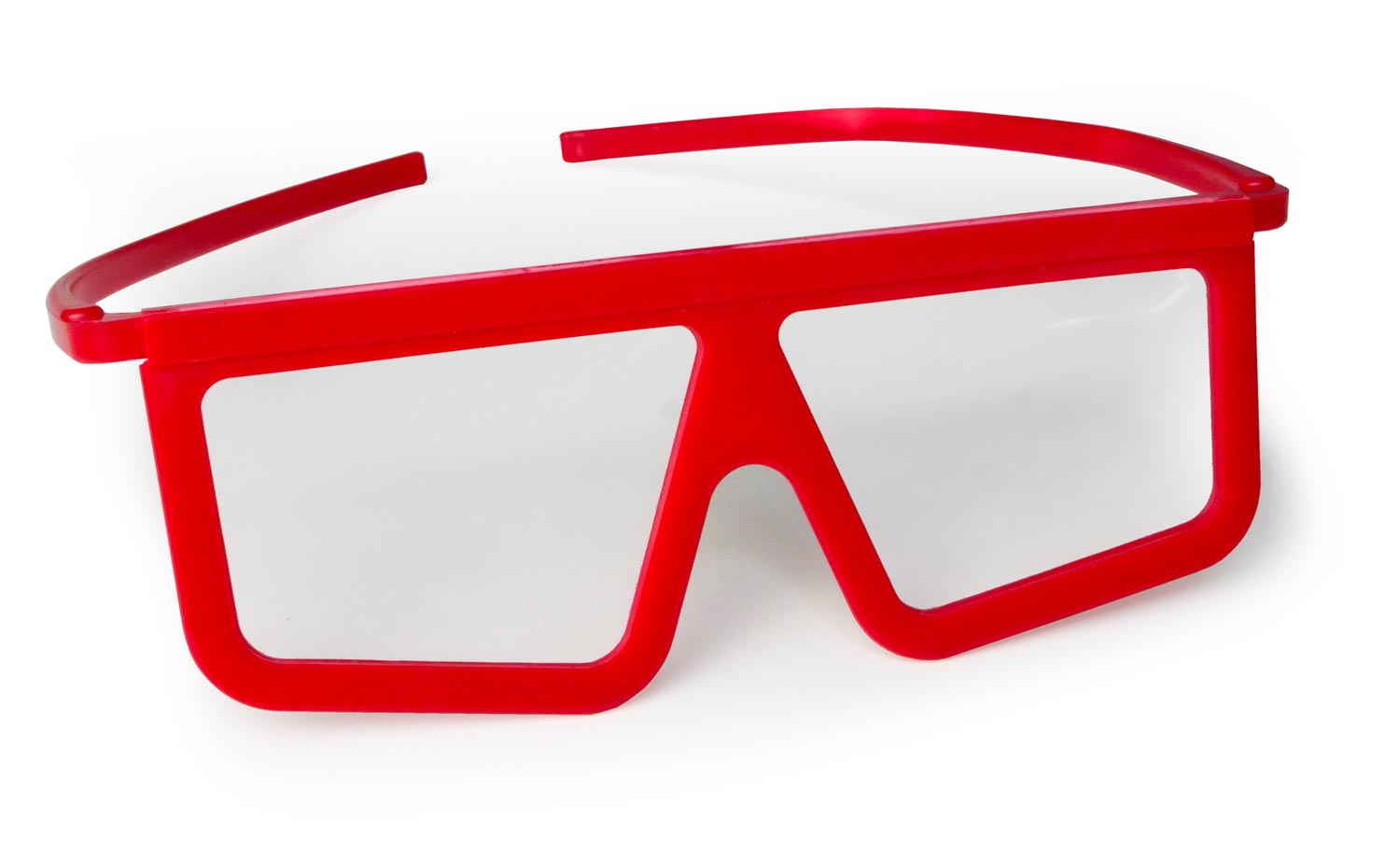

This poster demonstrates examples of the process and offers advice on their usage and creation for visualization techniques. Unlike other stereoscopic processes the images look clear without the glasses (though rainbow colored) and are augmented into depth while wearing them. Chromostereoscopy is the process of using special prismatic glasses to turn color into stereoscopic depth. Other processes such as Red/Blue anaglyph process work both in print and on a computer screen but produce incomprehensible images when the glasses are not worn. Our eye “sees” color using tiny photo-receptor cells called _cones_.Chromostereoscopy for Use in VisualizationĪbstract: Traditional stereoscopic visualization requires either special projection technologies with polarized glasses or special display technologies with LCD shutter glasses to display depth. _White_ light is made of all of the colors in the visible spectrum. Light is energy made up of tiny particles that travel in _(waves)_.Ī clear optical element (shown below) that refracts light is called a _(prism)_.

After instruction, classes had to fill in the blanks on the following statements: Students also explored the science behind the prism, and how our eye sees color. For instance, I was able to purchase four-packs of the glasses at Meijer from the party favor isle! Individual pairs can also found on Amazon (or other online retailers) with a simple search of "chromadepth glasses." Their are several factors that improve the effect, but essentially you must only understand how to place colors in the correct order to create a striking three-dimensional effect The glasses are produced by the Chromatek company, and can be purchased on their own or through various brands (such as hallmark) that package the technology in their products.

What makes these glasses special is that they do not require specialty paint, paper, or other materials. Chromadepth glasses are a unique 3d technology that utilize a prism-like film to allow colors, when properly placed, to appear at different depths. Our goal in this lesson is to create images that work with Chromadepth 3d glasses.


 0 kommentar(er)
0 kommentar(er)
